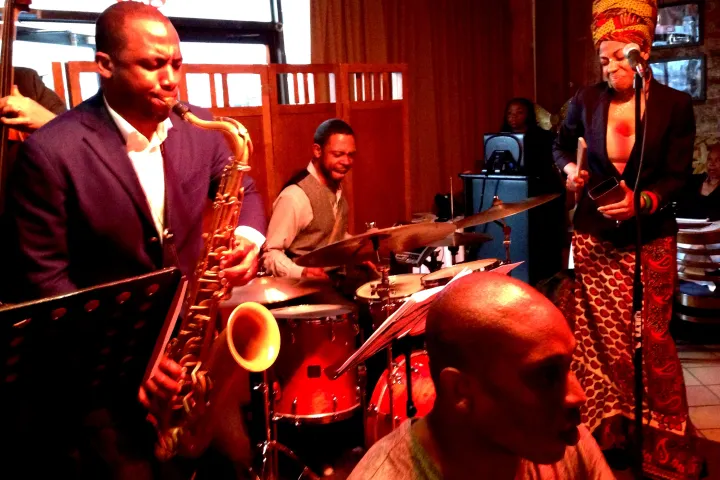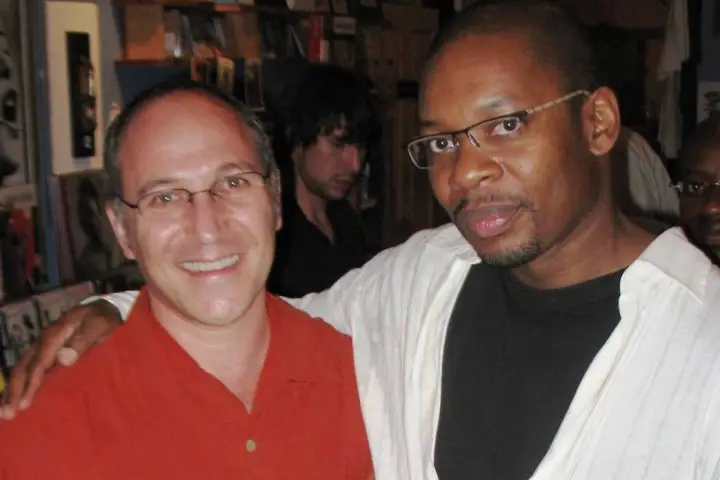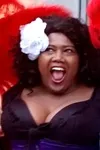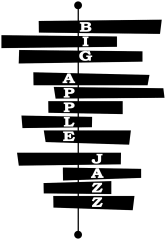New York City, NY
Nov 14th, 2025
What Happened to NYC’s Jazz Scene?
What Happened to NYC's Jazz Scene?
The New York City jazz scene has shifted, grown, and reshaped itself over the past twenty-five years. From dimly lit basements filled with cigarette smoke to sleek clubs with perfect acoustics, the rhythm of the city has never stopped.
If you’re wondering what happened to jazz in NYC, some parts have improved. Others have faded away. Yet, the pulse that once defined New York jazz still beats in corners where most people overlook. A private jazz tour is your shortcut to visit hidden gems and explore NYC jazz history the right way.
This story looks at how jazz has changed, what was lost, what improved, and where the original spirit continues to survive.

Alt text: NYC jazz history
The Old-School Jazz NYC Once Knew
In the past, you could walk into a small bar on 9th Avenue and find brilliance unfolding in real time. Musicians played not for fame but for the love of sound and expression.
Places like The Lenox Lounge, Café Bohemia, and Small’s (still around) were the heart of the old-school jazz NYC knew. The music filled the room without amplification, and every performance carried the thrill of discovery.
The audience came to listen, not to record. The stage lights were dim, the air heavy with rhythm, and every solo felt like a secret shared between musicians and listeners. That intimacy gave jazz its identity and made every night unpredictable.
How Jazz Has Changed Over Time
The jazz scene today looks cleaner, more polished, and more organized. Technology, economics, and culture have reshaped its landscape. Rising rent forced small neighborhood clubs to close or move. The once raw corners of Greenwich Village and Harlem have become more curated and expensive.
Digital platforms changed how musicians share and promote their work. Performers now build followings through livestreams and social media rather than nightly gigs. Audiences can watch a set from the Blue Note without leaving home.
But something got lost along the way. The risk, the edge, and the rough beauty of live improvisation now compete with schedules and screens. Some performers now play to algorithms instead of audiences. Yet, new artists are blending styles, bringing energy from hip-hop, electronic music, and soul. Jazz has evolved again, just as it always has.
What’s Better Now
Today’s scene carries strengths that the past lacked. Opportunities are more open. Female bandleaders, younger players, and global voices now fill Harlem and downtown clubs. Diversity has enriched the city’s sound.
At venues such as The Django and Ornithology Jazz Club, musicians from every background share the stage. Each performance feels like a meeting of generations. The music remains deeply personal, though the settings have changed.
Audiences are also broader. College students, travelers, and lifelong fans now share tables, curious about the legacy and the sound. Accessibility has widened, and that can only help the music live longer.
What’s Been Lost Along the Way
While progress is real, something essential has faded. The intimacy once found in small bars and neighborhood clubs is harder to find.
In earlier decades, a set at Fat Cat or Cleopatra’s Needle felt like a conversation between players and audience. People listened, not scrolled. The silence between notes carried its own rhythm.
Now, bright screens often fill that silence. Many chase the proof of being there instead of simply being present. The older generation of unrecorded legends, the ones who played five nights a week for local crowds, rarely appear. When rents climbed and gigs dried up, many of them disappeared quietly from the scene.
The city gained shine but lost mystery.
Where the Old Spirit Still Survives
The old-school jazz NYC spirit still lives in smaller, overlooked spaces.
At American Legion Post #398, veterans keep the Sunday jam alive with soulful swing and neighborhood warmth. Parlor Entertainment’s brownstone concerts continue to bring music into living rooms where history feels alive.
Even in the early hours at Small’s with a much smaller crowd, musicians still trade ideas like stories. Those quiet, unscripted moments carry the same energy Harlem once gave the world.
The sound has shifted, but the passion remains in these corners, far from the spotlight.

Image credits: Google/Andre Kano
The People Who Keep the Flame Alive
Many musicians still fight to keep live jazz part of daily life in New York. They teach, record, and perform wherever they can.
Some balance day jobs with late-night gigs. Others turn church basements, cafés, and old storefronts into makeshift venues. These artists keep the language alive, note by note.
Their work is not driven by nostalgia but by necessity. Jazz was born from resilience, and that spirit continues to shape its survival today.
The Weight of Memory and Nostalgia
What happened to jazz is really that it has evolved into a permanent scene in NYC. Every block in Harlem and the Village holds a trace of the past. The echoes of trumpets and saxophones seem to linger in the brick and glass.
That memory matters. It connects the current scene with its history. Nostalgia is not weakness; it is respect. It keeps the music grounded while new voices reinterpret it for modern ears.
The story of jazz in New York is never about one era. It is about continuity. Each generation finds a new way to carry the rhythm forward.
Why the Story Still Matters
The jazz scene history of New York tells a larger story about change, identity, and endurance. The city never stops moving, and neither does the music.
Every decade redefines jazz. The bebop era, the loft scene, the fusion years, and now the digital age have all left marks on the sound. None of it replaces what came before; it only adds layers to the conversation.
Even as styles evolve, the heart of jazz remains the same: a search for freedom inside structure. That search still drives musicians across the city every night.
Final Thoughts
The question is not what happened to New York’s jazz scene, but how it continues to adapt on the basis of NYC jazz history.
The grit of the old days has softened, and the faces on stage have changed, yet the feeling endures. The same pulse that once filled basements and backrooms still hums beneath the city streets.
Jazz in New York is no longer everywhere, but it is still alive wherever honesty and improvisation meet. The rhythm may sound different now, but it still belongs to the city that gave it life.

Harlem Juke Joint Tour
Your Harlem jazz tour guide customizes the best itinerary for each given night, based on the most talented players in Harlem’s most exciting jazz clubs.
185 Reviews

Harlem Juke Joint Tour
Your Harlem jazz tour guide customizes the best itinerary for each given night, based on the most talented players in Harlem’s most exciting jazz clubs.
185 Reviews

Private Tour
We’ll design your private jazz tour based on your tastes and our extensive knowledge of musicians, clubs and speakeasies throughout the city. We know what is happening nightly on and off-the-beaten-path.
185 Reviews

Private Tour
We’ll design your private jazz tour based on your tastes and our extensive knowledge of musicians, clubs and speakeasies throughout the city. We know what is happening nightly on and off-the-beaten-path.
185 Reviews

Greenwich Village Jazz Crawl
Intimate Greenwich Village Jazz Tour to discover and explore two hidden jazz haunts and the sites where Billie Holiday, Charlie Parker, and Bob Dylan made history.
185 Reviews

Greenwich Village Jazz Crawl
Intimate Greenwich Village Jazz Tour to discover and explore two hidden jazz haunts and the sites where Billie Holiday, Charlie Parker, and Bob Dylan made history.
185 Reviews

Legends of Jazz Tour
This is our premium tour! It features jazz’s international superstars, and also rising stars who deserve wider recognition.
185 Reviews

Legends of Jazz Tour
This is our premium tour! It features jazz’s international superstars, and also rising stars who deserve wider recognition.
185 Reviews

Gordon Polatnick
Gordon is the founder of Big Apple Jazz Tours. What started as a personal challenge to discover and document all of New York’s hundreds of jazz joints and to establish Harlem’s first jazz day club, has now blossomed…

Amanda Humes
There’s no one in New York City like Amanda! Equal parts sass, smarts, and customer service – Amanda is the Harlem resident, Columbia University graduate, and…
